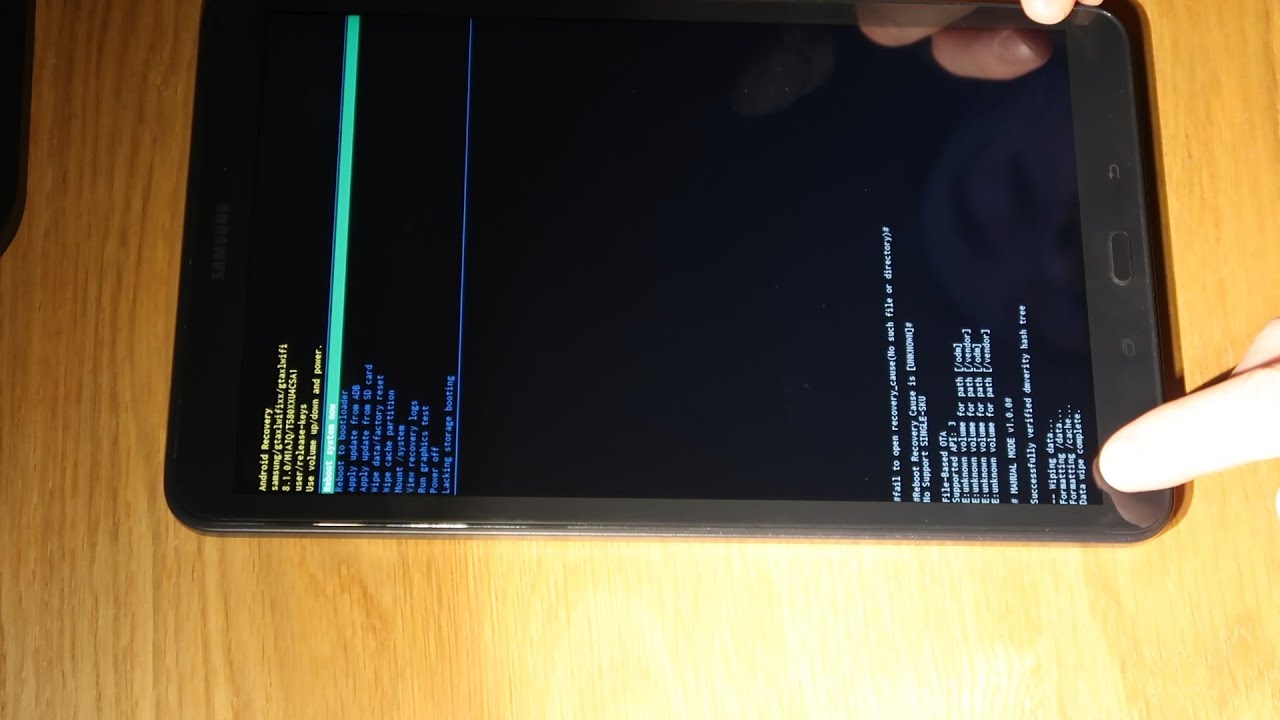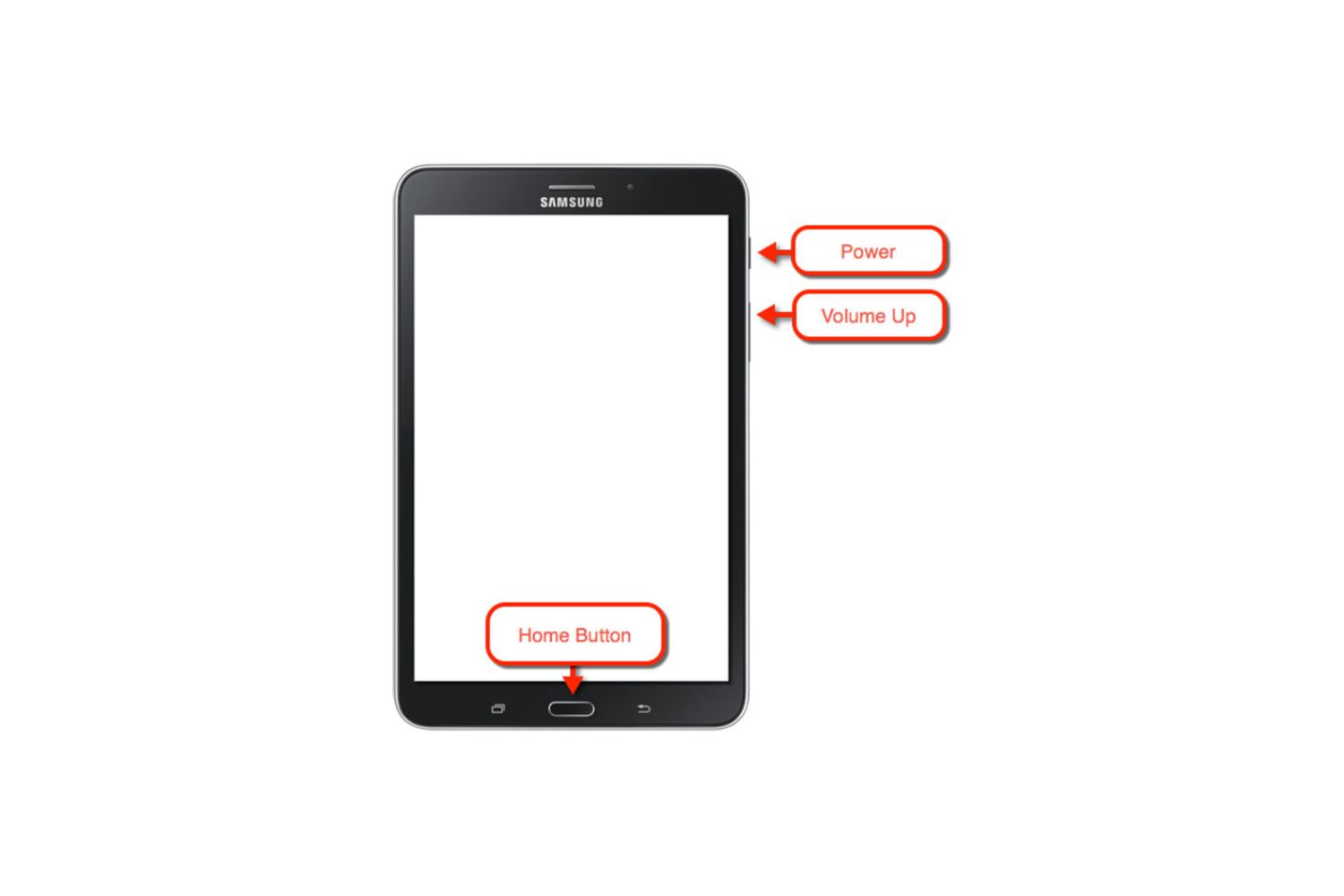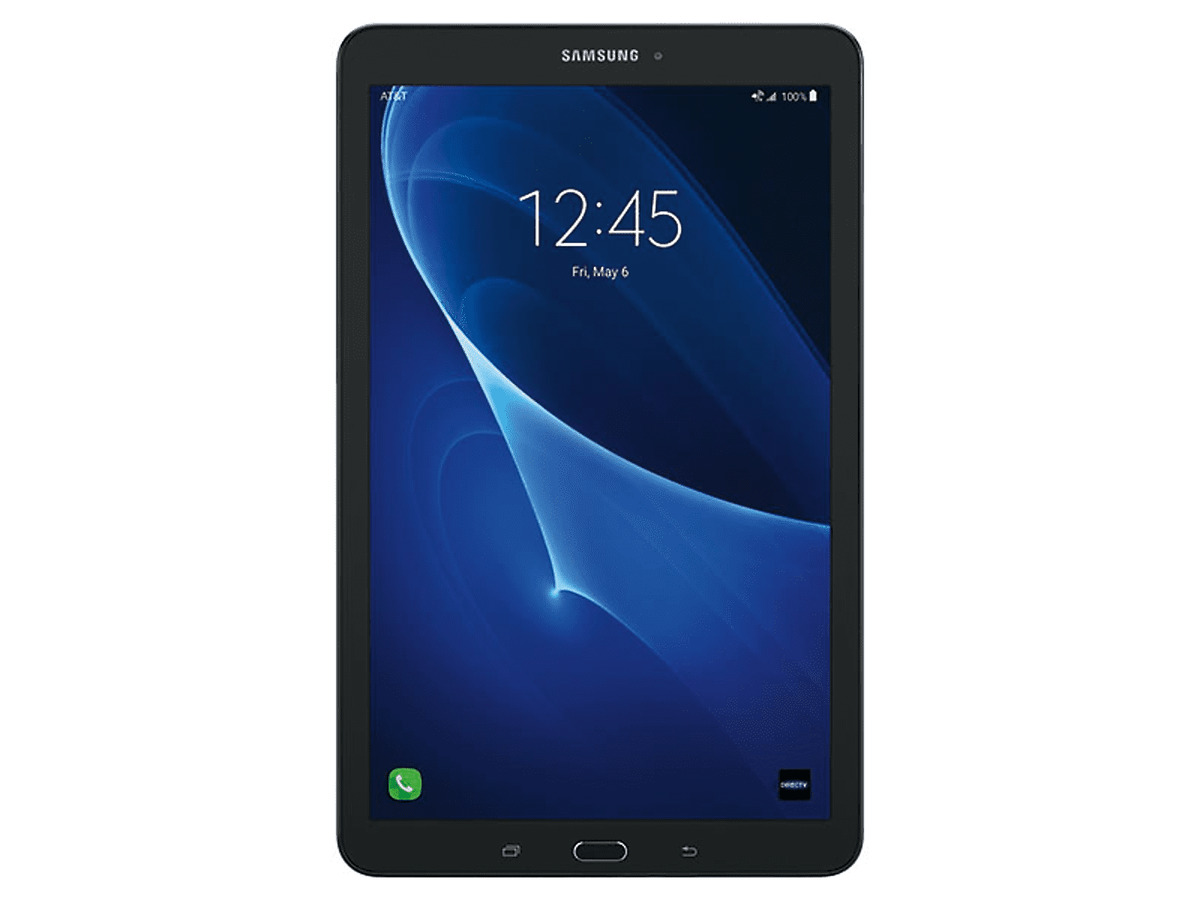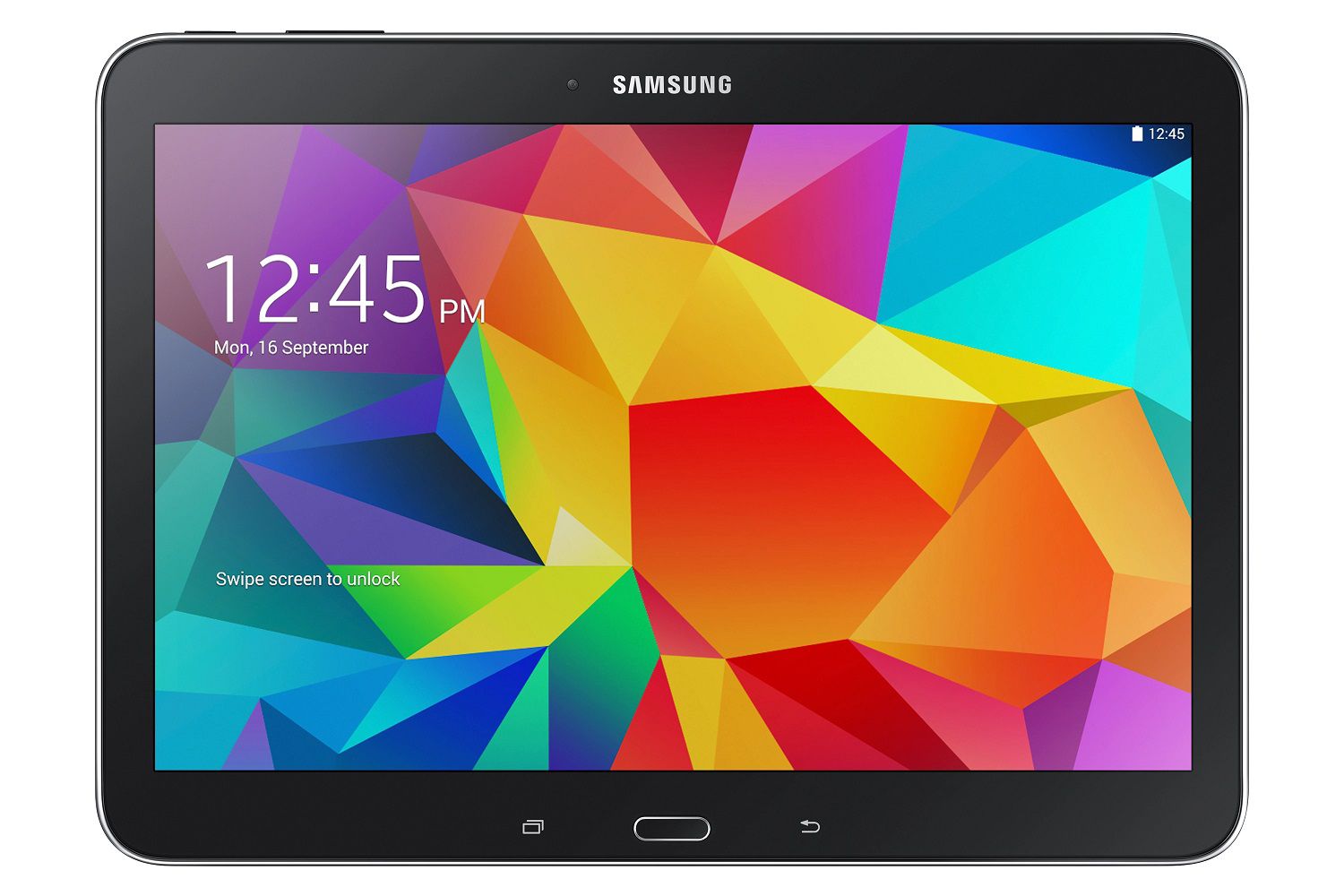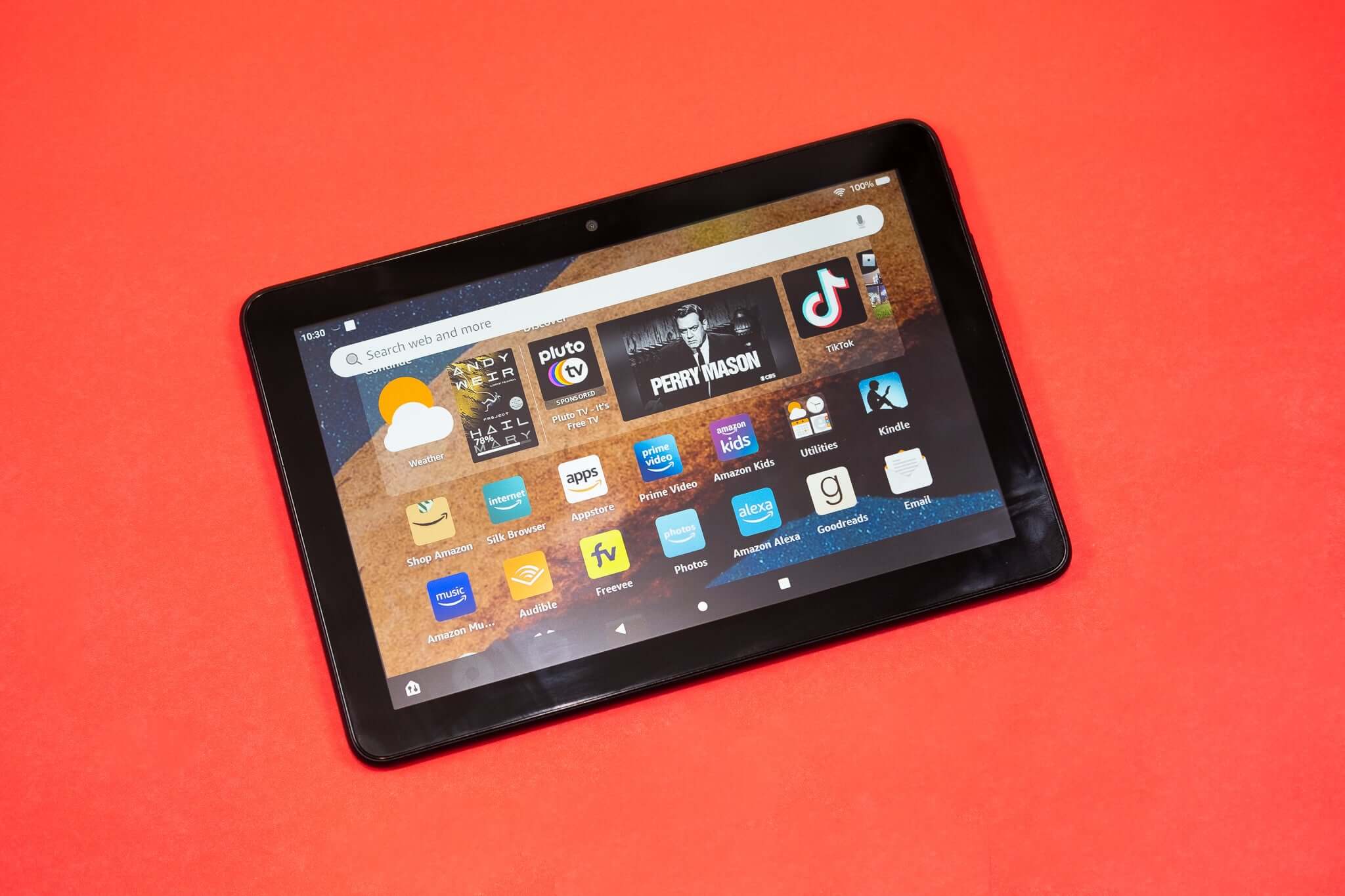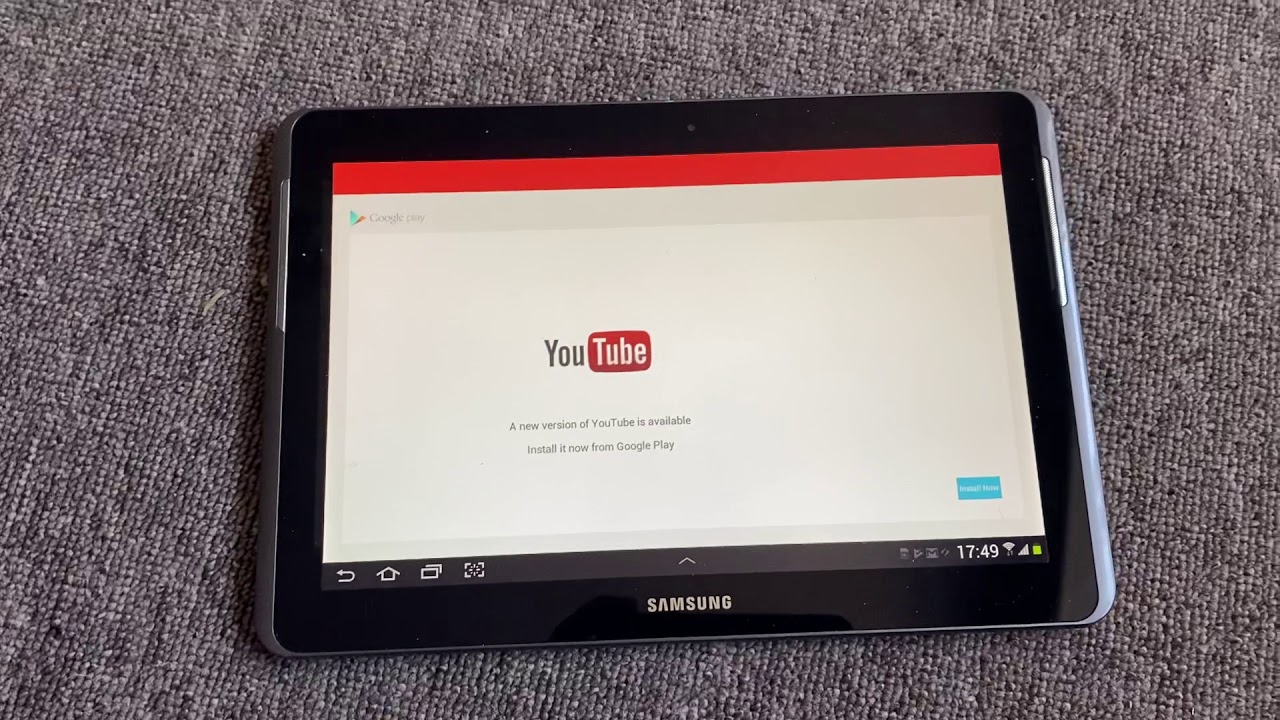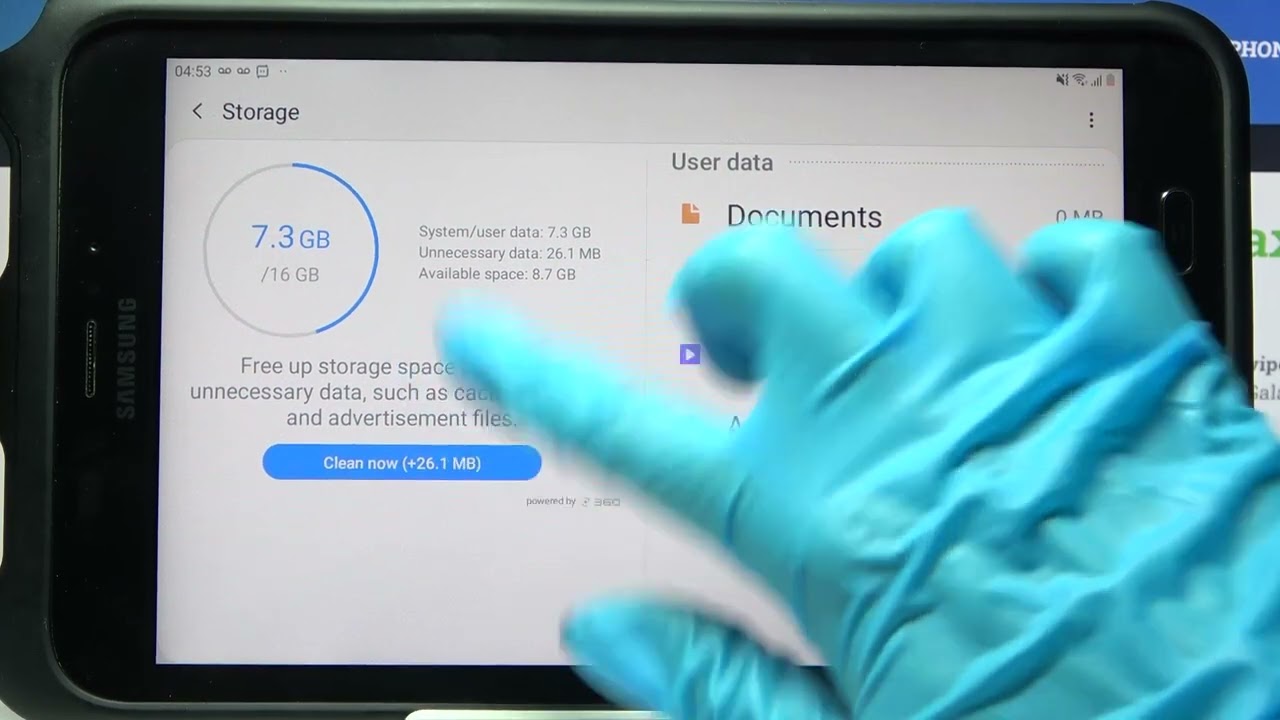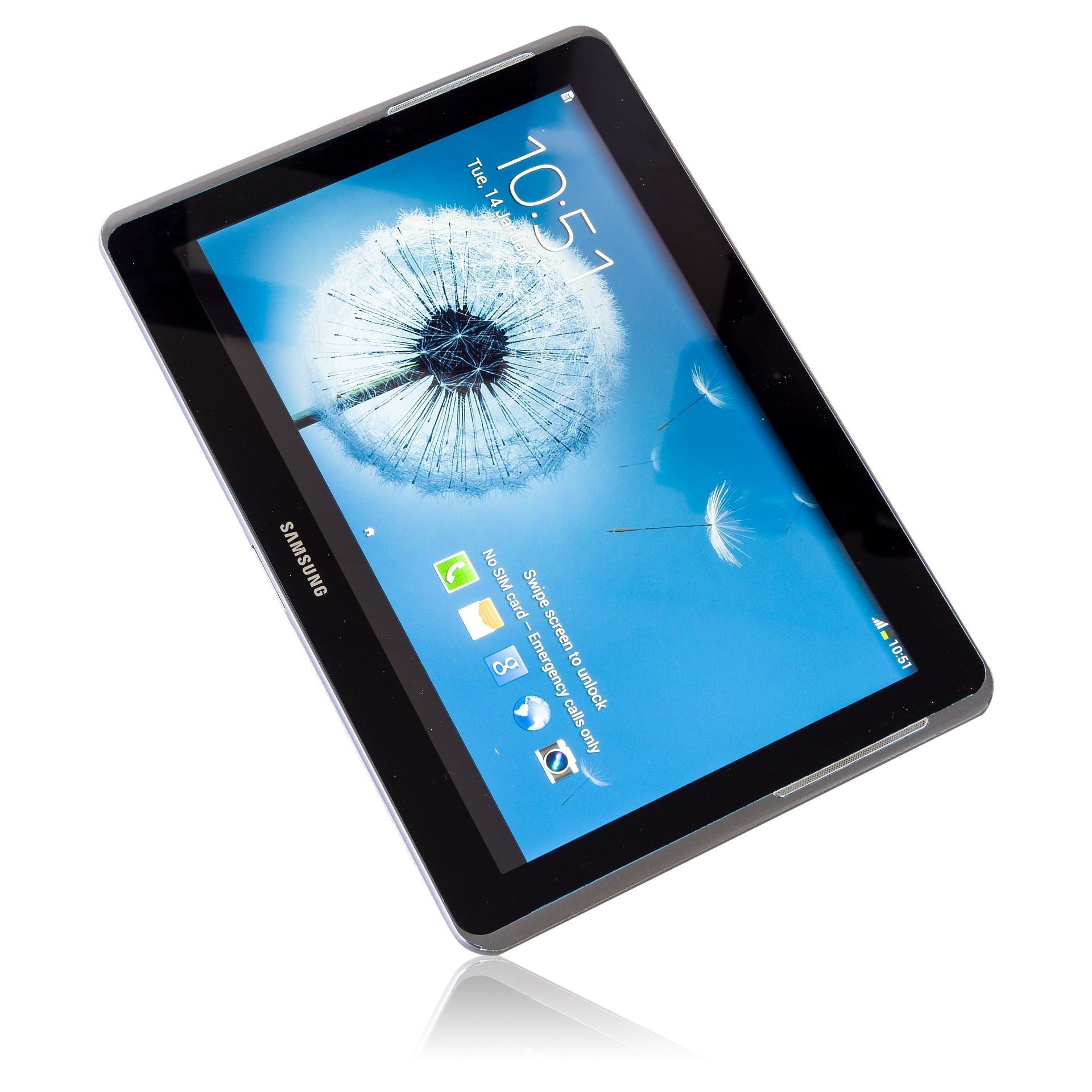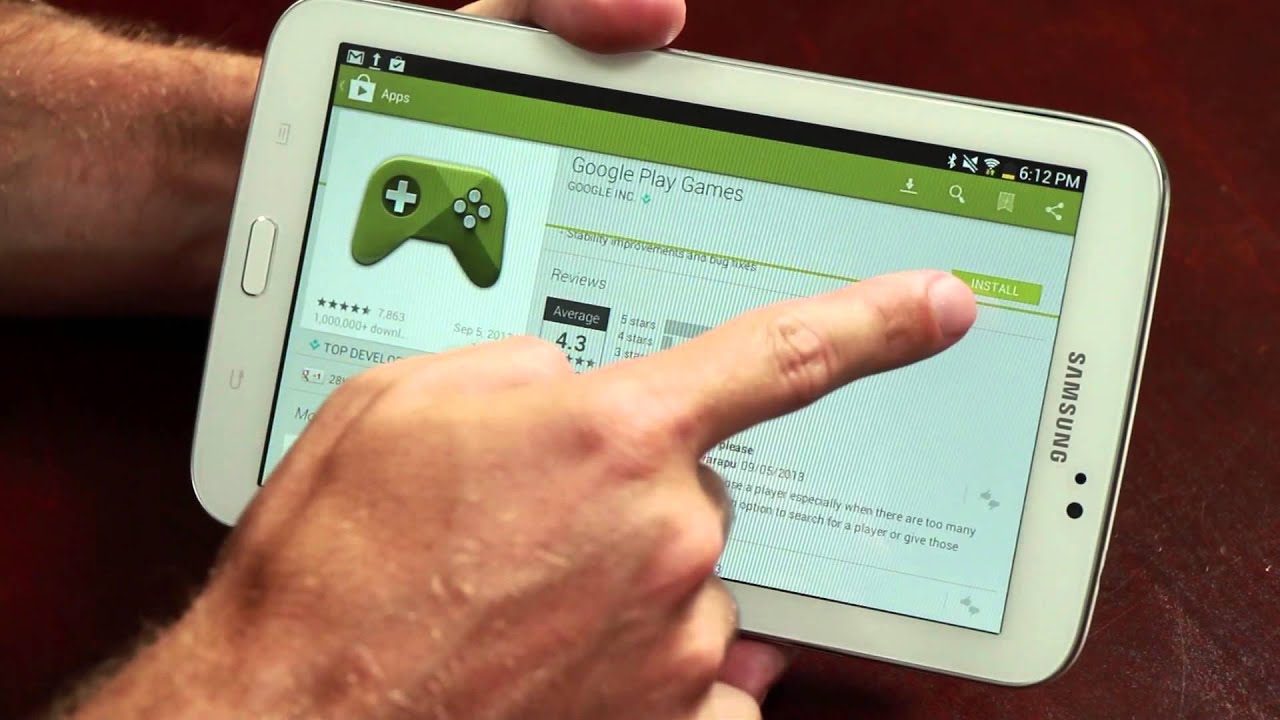Reasons for Resetting a Samsung Tablet
There are various reasons why you may need to reset your Samsung tablet. Whether you are experiencing technical issues, want to improve performance, or need to prepare the device for resale, a reset can often be a helpful solution. Here are some common situations where resetting a Samsung tablet is recommended:
- Resolving software glitches: Over time, your tablet’s operating system or installed apps may experience glitches that affect performance. Resetting the device can often help resolve these issues and restore functionality.
- Improving performance: If your tablet feels slow, freezes frequently, or takes longer to respond to commands, a reset can help improve performance. It clears temporary files, resets system settings, and removes unnecessary data that may be causing slowdowns.
- Preparing for resale: If you plan to sell or give away your Samsung tablet, it’s important to reset it to its factory settings. This ensures that your personal data, accounts, and sensitive information are completely wiped from the device, protecting your privacy and security.
- Troubleshooting connectivity issues: If you’re encountering problems connecting to Wi-Fi networks, Bluetooth devices, or other connectivity-related issues, a reset can help resolve these problems by refreshing network settings.
- Removing malware or viruses: If you suspect that your tablet has been infected with malware or viruses, resetting the device can help remove any malicious software that may be causing issues. However, it’s also recommended to install reputable antivirus software to prevent future infections.
Remember, before proceeding with a reset, it’s essential to back up any important data and files that you want to keep. Resetting a tablet will erase all content and settings from the device, returning it to its original factory state. By having a backup, you can easily restore your data after the reset.
Backup Your Data before Resetting
Before you proceed with resetting your Samsung tablet, it’s crucial to backup your data to prevent any potential loss. This step ensures that you can restore your important files, photos, videos, contacts, and app data after the reset. Here are a few methods to back up your data:
- Use Samsung Cloud: Many Samsung tablets come with the Samsung Cloud feature, which offers free cloud storage to back up your data. You can easily sync and back up your contacts, calendar, photos, videos, and documents to the Samsung Cloud service. To use this feature, go to the Settings app on your tablet, tap on “Accounts and backup,” then select “Samsung Cloud.” From there, you can choose which data you want to back up and enable automatic backup.
- Google Account Backup: Another convenient option is to use your Google account to back up your data. Ensure that you have your Google account set up on your tablet and navigate to the Settings app. Select “Accounts and backup” and then choose your Google account. Enable the options for backing up your app data, contacts, and other necessary information. This ensures that your data is safely stored on your Google account and can be easily restored to your tablet later.
- External Storage: If you prefer to have physical copies of your data, you can transfer your files to an external storage device such as a microSD card, USB drive, or computer. Connect your tablet to your computer using a USB cable and follow the on-screen prompts to access your tablet’s storage. Then, manually copy and paste your desired files to the external storage device. This method allows you to have direct control over your backup files.
It’s recommended to use a combination of these backup methods to ensure redundancy and data safety. This way, you can have your data stored in multiple locations, giving you peace of mind during the resetting process.
Factory Reset via Settings
If you’re looking to reset your Samsung tablet to its original factory settings, you can do so through the device’s settings. The steps may vary slightly depending on the specific tablet model and Android version, but the general process remains the same. Here’s how you can perform a factory reset via the settings:
- First, navigate to the Settings app on your Samsung tablet. You can usually find this app on your home screen or by swiping down from the top of the screen and selecting the gear icon.
- Scroll through the settings menu and look for the “General Management” or “System” option. Tap on it to access additional settings.
- Within the General Management or System settings section, you’ll usually find an option named “Reset” or “Reset to Factory Defaults.” Tap on this option to proceed.
- You may be prompted to enter your device’s PIN, password, or pattern to confirm your intention to reset the tablet. Provide the necessary information to continue.
- Next, you should see a confirmation message informing you that all data and settings will be erased. Take a moment to ensure that you’ve backed up any important data, as this step is irreversible. Once you’re ready to proceed, tap on the “Reset” or “Factory Reset” button.
- Your Samsung tablet will now begin the reset process. It may take a few minutes for the device to wipe all data and restore its original factory settings. The tablet will restart automatically once the process is complete.
After the factory reset, your Samsung tablet will be in the same state as when you first bought it. All apps, files, and settings will be erased, so you’ll need to go through the initial setup process again. During setup, you can choose to restore your data from a backup or start with a clean slate.
Performing a factory reset can be a useful solution if you’re experiencing software issues, want to improve performance, or prepare the tablet for resale. However, remember to backup your data before proceeding to avoid any unintended data loss.
Resetting with Hardware Buttons
If you’re unable to access your Samsung tablet’s settings or if it’s unresponsive, you can perform a reset using the hardware buttons. This method can be useful for troubleshooting when software-related solutions are not viable. Here’s how you can reset your Samsung tablet using the hardware buttons:
- Power off your tablet: Press and hold the Power button on your tablet until the power options menu appears. Then, select “Power off” or “Restart” to turn off your device. If your tablet is frozen and unresponsive, you can force a shutdown by pressing and holding the Power button for about 7-10 seconds.
- Enter Recovery mode: Once your tablet is powered off, press and hold the combination of hardware buttons required to enter the recovery mode. This combination varies depending on the Samsung tablet model. Common key combinations include holding the Power button and Volume Up button or holding the Power button and Home button simultaneously. Refer to your tablet’s user manual or search online for the specific button combination for your device.
- Navigate through the Recovery mode menu: Once in Recovery mode, you’ll see a menu with different options. You can navigate through the menu using the Volume Up and Volume Down buttons, while the Power button is used to select options.
- Select the Factory Reset option: Look for an option named “Wipe data/factory reset,” “Reset to factory settings,” or something similar in the Recovery mode menu. Use the Volume buttons to scroll to this option, and then press the Power button to select it.
- Confirm the reset: You’ll be presented with a confirmation message indicating that all data and settings will be erased. Use the Volume buttons to highlight the “Yes” option, and then press the Power button to confirm the reset.
- Wait for the reset to complete: The tablet will now begin the reset process. This may take a few moments, and you’ll see a progress bar or other indicators on the screen. Once the reset is finished, you can use the Volume buttons to highlight the “Reboot system now” option and press the Power button to restart your tablet.
After the device restarts, it will be reset to its original factory settings. You can set up your tablet again and choose to restore your data from a backup or start fresh. Note that resetting with hardware buttons should only be done when necessary, as it erases all data and settings from the device.
Using Samsung Find My Mobile to Reset
If you have a Samsung account and have previously set up Samsung Find My Mobile on your tablet, you can use this feature to remotely reset your device. This method is convenient if your tablet is lost, stolen, or inaccessible. Here’s how you can use Samsung Find My Mobile to reset your Samsung tablet:
- Access Samsung Find My Mobile: Using a computer or another mobile device, open a web browser and visit the Samsung Find My Mobile website (https://findmymobile.samsung.com).
- Sign in to your Samsung account: Log in to the website using your Samsung account credentials. Make sure you use the same account that is associated with your Samsung tablet.
- Select your tablet: After signing in, the website will display a list of devices associated with your account. Choose your tablet from the list.
- Choose the Reset option: Once you’ve selected your tablet, look for the option to reset the device. This may be labeled as “Reset” or “Erase data.” Click on this option to proceed.
- Confirm the reset: You’ll be presented with a warning message indicating that all data and settings on your tablet will be erased. Carefully read the message and make sure you’ve backed up any important data. If you’re ready to proceed, confirm the reset.
- Wait for the reset to complete: Samsung Find My Mobile will send a remote reset command to your tablet, and it will begin the reset process. This may take a few moments, and you may see a progress indicator on the website. Once the reset is finished, the tablet will be restored to its original factory settings.
After the remote reset is complete, you can set up your Samsung tablet again and choose to restore your data from a backup or start fresh. Using Samsung Find My Mobile is a handy option when you need to reset your tablet but do not have physical access to the device.
Performing a Soft Reset
If your Samsung tablet is unresponsive or experiencing minor issues, performing a soft reset can often help resolve the problem. Unlike a factory reset, a soft reset does not erase any data or settings on your tablet. It simply restarts the device, refreshing the system and clearing temporary glitches. Here’s how you can perform a soft reset on your Samsung tablet:
- Locate the Power button: Look for the physical Power button on your tablet. It is typically located on the side or top of the device.
- Press and hold the Power button: Press and hold the Power button until the power options menu appears on the screen.
- Select the Restart option: In the power options menu, you should see an option to restart your tablet. Tap on “Restart” to initiate the soft reset process.
- Wait for the restart: Your tablet will now begin the restart process. It may take a few moments to shut down and power back on. Once the device has restarted, it should function normally.
A soft reset is a simple and effective way to troubleshoot minor issues with your Samsung tablet. It can help resolve unresponsive apps, sluggish performance, or freezing problems. The process is quick and non-intrusive, allowing you to resume using your tablet without any data loss.
If you’re still experiencing persistent issues after a soft reset, you may need to try additional troubleshooting methods or consider performing a factory reset to resolve more serious software-related problems.
Conclusion
Resetting a Samsung tablet can be a helpful solution in various situations, including resolving software glitches, improving performance, preparing for resale, troubleshooting connectivity issues, and removing malware or viruses. By following the appropriate methods, you can easily reset your tablet and restore it to its original factory settings.
Before proceeding with a reset, it is crucial to back up your data using methods such as Samsung Cloud, Google Account backup, or external storage devices. This ensures that your important files, photos, videos, contacts, and app data are safely stored and can be easily restored after the reset.
You can reset your Samsung tablet through the device’s settings, performing a factory reset, or using hardware buttons if the tablet is unresponsive. Additionally, if you have a Samsung account and have set up Samsung Find My Mobile, you can remotely reset your tablet using this feature.
Performing a soft reset is an alternative option when your tablet is experiencing minor issues. It allows you to restart the device, refreshing the system and clearing temporary glitches, without erasing any data or settings.
Remember that performing a reset erases all content and settings on your tablet, so it’s important to consider the consequences and backup your data before proceeding. Take the time to assess your specific needs and choose the most suitable method for resetting your Samsung tablet.
By understanding and following these methods, you can confidently reset your Samsung tablet and address various issues, ensuring optimal performance and usability.







